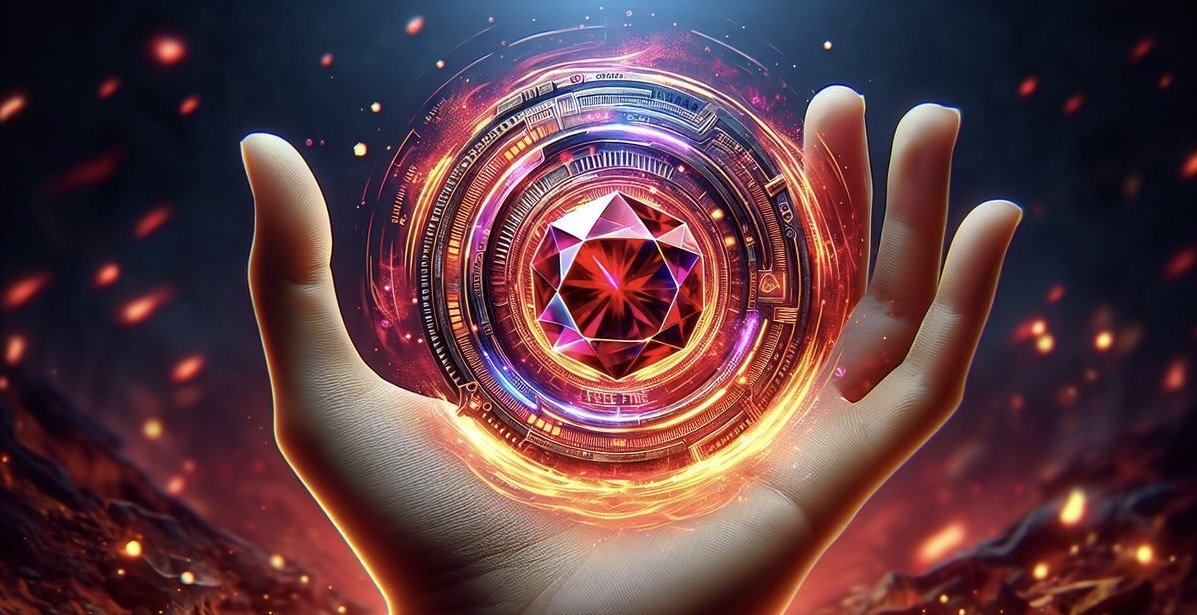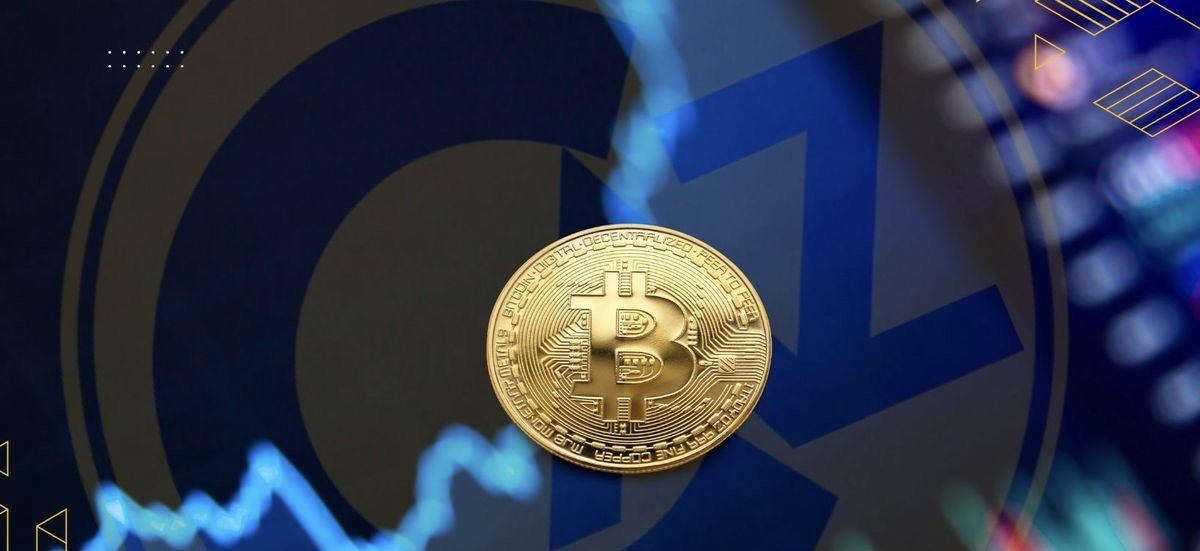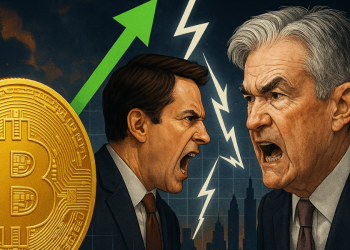In the rapidly evolving world of blockchain technology, two models of governance stand at the forefront: Ozone Chain (OZO) and Decentralized Autonomous Organizations (DAOs). Both systems promise to revolutionize how decisions are made within blockchain networks, yet they approach this goal in fundamentally different ways. Understanding these differences is crucial for developers, investors, and anyone interested in the future of decentralized technologies. The key question of OZO vs DAOs captures this ongoing debate.

Ozone Chain (OZO) operates under a governance model known as “Governance by Voting.” This system allows token holders to propose and vote on changes within the network, with voting power typically proportional to the number of tokens held. This method ensures that those with a financial stake in the network have a say in its future, fostering a sense of inclusivity. However, it also raises concerns about power centralization, as those who can afford to hold more tokens inherently wield more influence. This dynamic can theoretically lead to decisions that favor larger stakeholders over smaller ones, potentially undermining the principles of decentralization.
On the other hand, DAOs present a starkly different approach. These organizations are not controlled by any central authority; instead, they rely on smart contracts for decision-making. This structure guarantees high levels of transparency and community engagement, free from external manipulation. Despite these advantages, DAOs face challenges such as voter apathy and the potential for control by a motivated minority. These issues cast doubt on whether true decentralization can be achieved on a large scale, making the OZO vs DAOs debate even more relevant.
OZO vs DAOs: Contrasts and Fundamental Differences

A critical area where Ozone Chain (OZO) claims superiority over DAOs is in managing quantum security risks. Ozone Chain incorporates Quantum Resistance Technology (QRT), which provides enhanced security against advanced threats like quantum computing. This is a significant advantage, as DAOs generally lack the capability to address such sophisticated threats. By tying its secure, quantum-resistant framework with its governance by voting system, Ozone Chain maintains a balance between transaction integrity and governance security. This adds an important dimension to the OZO vs DAOs discussion, especially regarding security.
In contrast, DAOs utilize a variety of voting mechanisms, including token-based voting, quadratic voting, and liquid democracy. These methods are often more agile and can adapt quickly to the community’s needs. However, they are typically less secure against quantum threats. This difference highlights the importance of choosing the right governance model for specific applications. For projects that require robust security and a solid decision-making structure, Ozone Chain’s (OZO) approach may be more suitable, emphasizing the “OZO vs DAOs” consideration.
Understanding the fundamental differences between DAOs and Ozone Chain (OZO) is essential when determining which model better fits a particular use case. Ozone Chain, with its quantum-resistant technologies, offers a secure platform for developers to build and execute applications confidently. Its governance by voting system, while not without its flaws, provides a clear and structured way to make decisions.
Conversely, DAOs, while not blockchains themselves, leverage the services and functionalities of blockchain platforms like Ozone Chain (OZO). They operate through smart contracts, which automate governance and decision-making processes. This automation ensures that decisions are made without centralized control, adhering to the principles of decentralization. However, the reliance on the underlying blockchain for security and decentralization means that DAOs are only as secure as the blockchain they utilize, making the OZO vs DAOs debate crucial for understanding blockchain security.

The choice between Ozone Chain (OZO) and DAOs ultimately comes down to the specific needs of a project. For applications requiring strong security and a well-defined governance structure, Ozone Chain (OZO) may be the better option. For those that prioritize decentralization and community engagement, DAOs offer a viable alternative. In the ongoing debate of OZO vs DAOs, both models have their merits and potential drawbacks, making it crucial for stakeholders to carefully consider their unique requirements before making a decision.
In conclusion, the OZO vs DAOs debate is a testament to the diversity and innovation within the blockchain space. Each model offers distinct advantages and challenges, reflecting different philosophies on governance and security. As the technology matures, the interplay between these models will likely shape the future of decentralized systems, offering new possibilities for how we manage and secure digital assets in an increasingly interconnected world. The question of OZO vs DAOs will remain central to discussions about the evolution of blockchain governance.
For more news and updates on the cryptocurrency industry, stay tuned to TurkishNY Radio.

























































































![BitTorrent [New]](https://s2.coinmarketcap.com/static/img/coins/64x64/16086.png)



















